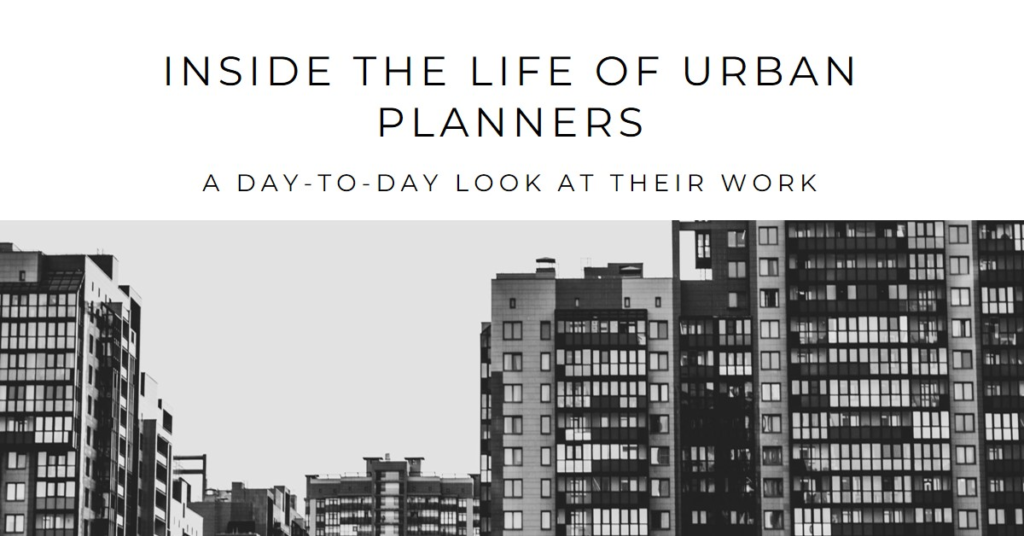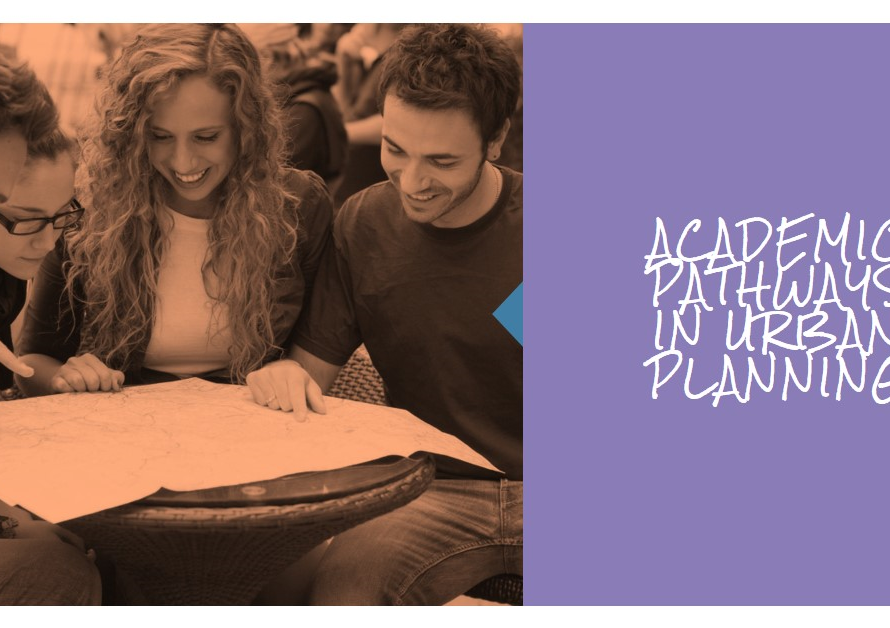
Table of Contents
- Introduction:
- The Morning Brief: Starting the Day with Strategic Planning
- Mapping the Future: Analyzing Geographic Information Systems (GIS)
- Engaging the Community: Public Meetings and Consultations
- Navigating Regulations: Ensuring Compliance with Policies
- Designing for the Future: Creating Sustainable Development Plans
- Collaborating with Stakeholders: Interdepartmental Coordination
- Reviewing Development Proposals: Evaluating and Approving Projects
- Facilitating Growth: Economic Development and Revitalization
- Reflecting and Adapting: Continuous Professional Development
- Conclusion: The Dynamic World of Urban Planning
Introduction:
Urban planning is a dynamic and multifaceted profession that shapes the environments in which we live, work, and play. Urban planners play a crucial role in creating and maintaining sustainable, functional, and aesthetically pleasing communities. This blog post delves into the daily activities of urban planners, shedding light on the various tasks they undertake to enhance our urban landscapes.
The Morning Brief: Starting the Day with Strategic Planning
Urban planners typically begin their day with a morning briefing. This involves reviewing the day’s agenda, prioritizing tasks, and setting goals. They analyze current projects, evaluate progress, and determine any immediate actions required.
During these sessions, planners often meet with colleagues to discuss ongoing projects, address challenges, and brainstorm solutions. Collaboration is key in urban planning, as it ensures that diverse perspectives are considered in decision-making processes.
Mapping the Future: Analyzing Geographic Information Systems (GIS)
A significant part of an urban planner’s day involves working with Geographic Information Systems (GIS). These systems allow planners to visualize, analyze, and interpret spatial data to make informed decisions about land use, transportation networks, and environmental sustainability.
Planners use GIS to create detailed maps that highlight various geographic and demographic data points. This information is crucial for identifying trends, assessing the impact of proposed developments, and ensuring that plans align with community needs and regulatory requirements.
Engaging the Community: Public Meetings and Consultations
Engaging with the community is a cornerstone of urban planning. Planners regularly organize and participate in public meetings and consultations to gather input from residents, business owners, and other stakeholders. These interactions help planners understand the community’s needs, preferences, and concerns.
Public consultations also provide an opportunity for planners to educate the community about proposed projects and policies. They present plans, answer questions, and address any misconceptions or objections. This transparent communication fosters trust and ensures that the planning process is inclusive and democratic.
Navigating Regulations: Ensuring Compliance with Policies
Urban planners must navigate a complex web of local, state, and federal regulations. They spend a considerable amount of time reviewing zoning codes, land use policies, and environmental regulations to ensure that proposed projects comply with all legal requirements.
This regulatory compliance involves conducting detailed assessments and preparing reports that justify the proposed developments. Planners must be meticulous in their documentation and be prepared to defend their recommendations during public hearings and review boards.
Designing for the Future: Creating Sustainable Development Plans
Sustainability is a core principle of modern urban planning. Planners dedicate significant time to designing development plans that promote environmental stewardship, economic vitality, and social equity. They incorporate principles of smart growth, green infrastructure, and energy efficiency into their projects.
Creating sustainable development plans involves conducting environmental impact assessments, identifying opportunities for renewable energy, and promoting sustainable transportation options. Planners must balance the needs of current residents with the goal of preserving resources for future generations.
Collaborating with Stakeholders: Interdepartmental Coordination
Urban planning is inherently collaborative. Planners frequently work with other departments such as transportation, housing, public works, and economic development to ensure that plans are comprehensive and cohesive. This interdepartmental coordination is essential for aligning objectives and leveraging resources.
Regular meetings with stakeholders from various sectors help planners stay informed about related projects and initiatives. This collaborative approach ensures that urban planning efforts are integrated and that the community’s overall goals are met.


Reviewing Development Proposals: Evaluating and Approving Projects
Urban planners are responsible for reviewing development proposals submitted by private developers and public agencies. This involves evaluating the feasibility, impact, and compliance of proposed projects with existing plans and regulations.
The review process includes site visits, detailed analyses, and discussions with developers to refine proposals. Planners must consider various factors such as traffic flow, infrastructure capacity, and environmental impact before making recommendations to planning commissions and city councils.
Facilitating Growth: Economic Development and Revitalization
Economic development is a critical aspect of urban planning. Planners work to attract businesses, create jobs, and stimulate investment in their communities. They develop strategies for revitalizing downtown areas, enhancing commercial districts, and promoting mixed-use developments.
This work involves conducting market analyses, identifying economic trends, and collaborating with business leaders. Planners also seek funding opportunities, such as grants and public-private partnerships, to support economic development initiatives.
Reflecting and Adapting: Continuous Professional Development
The field of urban planning is constantly evolving, requiring planners to stay updated with the latest trends, technologies, and best practices. Continuous professional development is a crucial aspect of their day-to-day activities. Planners attend workshops, conferences, and training sessions to enhance their skills and knowledge.
By staying informed about new tools and methodologies, planners can adapt their approaches to better address emerging challenges. This commitment to lifelong learning ensures that urban planners remain effective and innovative in their roles.
Conclusion: The Dynamic World of Urban Planning
Urban planners play a vital role in shaping the cities and towns of the future. Their day-to-day activities are diverse and dynamic, requiring a blend of technical expertise, creativity, and collaboration. From engaging with the community to navigating regulations and designing sustainable plans, urban planners work tirelessly to create vibrant, livable, and resilient communities.
Understanding the daily responsibilities of urban planners provides insight into the complexities of urban development and the importance of thoughtful, informed planning. As our cities continue to grow and evolve, the work of urban planners will remain essential in guiding sustainable and inclusive development.


